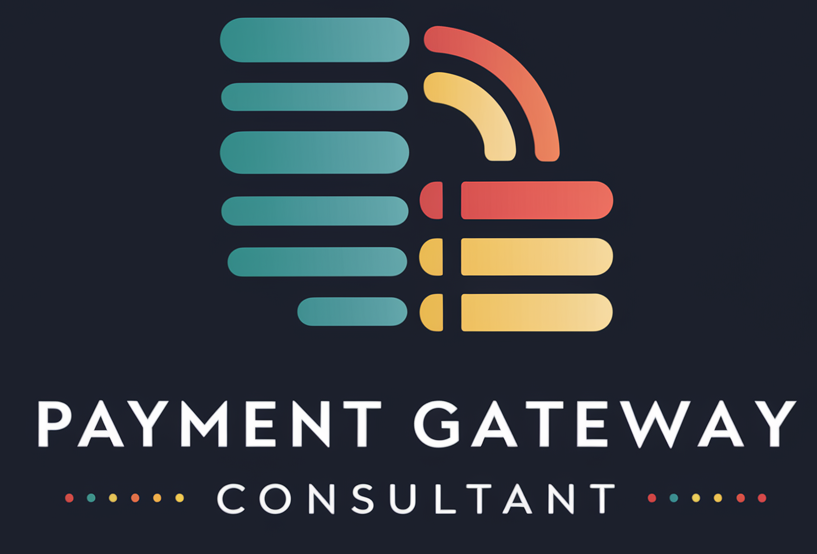Buying a home may seem like an unattainable dream for those with low income and little savings for a down payment. However, there are various programs and strategies that can help make homeownership a reality, even in challenging financial situations. By exploring specialized loans, assistance programs, and alternative financing options, individuals with limited resources can find a path to owning their own home.
Understanding Zero Down Payment Loans
For those struggling to save for a down payment, zero down payment loans offer a potential solution. These specialized mortgage programs allow buyers to finance the entire purchase price of a home without the need for upfront cash.
VA Loans: Benefits for Veterans
Veterans and active military members can take advantage of VA loans, which provide 100% financing and no down payment requirements. These government-backed mortgages also offer favorable terms, such as competitive interest rates and no private mortgage insurance (PMI) premiums.
To qualify for a VA loan, applicants must meet service requirements and have a valid Certificate of Eligibility (COE). Working with a lender experienced in VA loans can help streamline the application process and ensure all necessary documentation is in order.
USDA Loans: Financing for Rural Areas
Another zero down payment option is the USDA loan program, designed for home buyers in designated rural areas. These government-backed mortgages provide 100% financing and often have more lenient credit score requirements compared to conventional loans.
To be eligible for a USDA loan, the property must be located in a qualified rural area, and the borrower’s income must fall within the program’s limits. Additionally, the home must serve as the buyer’s primary residence.
Exploring Low Down Payment Options
For those who can afford a small down payment, there are several mortgage programs that offer low down payment options, making homeownership more accessible for buyers with limited savings.
FHA Loans: Low Down Payment and Lenient Credit Requirements
Federal Housing Administration (FHA) loans are popular among first-time home buyers due to their low down payment requirements and more flexible credit standards. With an FHA loan, buyers can put down as little as 3.5% of the purchase price.
FHA loans are government-insured, which means lenders are protected against losses if a borrower defaults. This added security allows lenders to offer more favorable terms to borrowers with lower credit scores or limited down payment funds.
HomeReady and Home Possible Programs
Fannie Mae’s HomeReady and Freddie Mac’s Home Possible programs offer low down payment options for low- to moderate-income borrowers. Both programs allow for down payments as low as 3% and have flexible requirements for income sources and credit scores.
To qualify for these programs, buyers must meet income limits and complete a homeownership education course. These programs also allow for co-borrowers who do not reside in the home, such as family members, to help with qualification.
Utilizing Down Payment Assistance Programs
Down payment assistance programs can provide a significant boost for low-income home buyers struggling to save for upfront costs. These programs offer grants, forgivable loans, or low-interest loans to help cover down payment and closing expenses.
Types of Down Payment Assistance
Down payment assistance can come in various forms, including:
- Grants: Funds that do not need to be repaid
- Forgivable loans: Loans that are forgiven over time, as long as the borrower remains in the home
- Deferred loans: Low- or no-interest loans that are repaid when the home is sold or refinanced
- Matched savings programs: Programs that match a buyer’s savings contributions for use toward a down payment
Assistance programs can be offered by federal, state, or local governments, as well as non-profit organizations and employers. Some lenders also provide their own down payment assistance options.
Eligibility Criteria for Assistance Programs
Eligibility for down payment assistance programs varies depending on the specific program and provider. Common criteria include:
- Income limits: Most programs are designed for low- to moderate-income households.
- First-time home buyer status: Some programs are restricted to first-time buyers, although definitions of “first-time” may vary.
- Credit score requirements: Minimum credit score thresholds may apply.
- Homeownership education: Many programs require buyers to complete a homeownership counseling course.
Researching available down payment assistance programs in your area and understanding their specific requirements can help you determine which options may be suitable for your situation.
Improving Your Financial Profile
While exploring financing options is crucial, it’s also essential to work on improving your overall financial profile to increase your chances of securing a mortgage with favorable terms.
Calculating Your Debt-to-Income Ratio
Lenders use your debt-to-income (DTI) ratio to assess your ability to manage monthly mortgage payments. DTI compares your total monthly debt obligations to your gross monthly income. A lower DTI indicates that you have more available income to handle a mortgage payment.
To calculate your DTI, add up all your monthly debt payments (such as credit card bills, student loans, car payments, and existing housing expenses) and divide the total by your gross monthly income. Most lenders prefer a DTI of 36% or less for conventional mortgages, although some programs may allow higher ratios.
Boosting Your Credit Score
Your credit score plays a significant role in determining your mortgage eligibility and interest rates. A higher credit score generally results in more favorable loan terms and lower interest rates.
To improve your credit score:
- Pay bills on time
- Reduce credit card balances
- Avoid opening new credit accounts
- Check your credit report for errors and dispute any inaccuracies
Consistently demonstrating responsible credit behavior over time can help boost your credit score and make you a more attractive candidate to lenders.
Understanding Mortgage Insurance
Mortgage insurance is often required for loans with low down payments, as it protects lenders against losses if a borrower defaults. Mortgage insurance premiums are typically added to the monthly mortgage payment.
For conventional loans with less than 20% down, private mortgage insurance (PMI) is usually required. PMI can be removed once the loan balance reaches 80% of the home’s original value.
FHA loans require both an upfront mortgage insurance premium (UFMIP) and annual mortgage insurance premiums (MIP). MIP typically lasts for the life of the loan unless a borrower puts down at least 10%.
Additional Tips for First-Time Home Buyers
As a first-time home buyer with limited income and down payment funds, there are several additional strategies to consider that can make the home buying process more manageable.
Finding a Trusted Real Estate Agent
Working with an experienced real estate agent who understands the needs of first-time buyers can be invaluable. A knowledgeable agent can help you:
- Identify affordable homes in your desired area
- Navigate the home buying process
- Negotiate with sellers
- Connect you with lenders and other professionals
Look for agents with a track record of successfully helping first-time buyers and those with limited financial resources.
Considering Co-Signers and First-Time Home Buyer Programs
Having a co-signer, such as a family member with a strong credit profile and stable income, can help you qualify for a mortgage if your own financial situation is less than ideal. Co-signers assume responsibility for the loan if you default, providing an added layer of security for lenders.
In addition, many states and municipalities offer first-time home buyer programs that provide down payment assistance, tax credits, or reduced interest rates. These programs can help make homeownership more affordable and accessible.
Exploring Alternative Financing Options
If traditional mortgage options prove challenging, there are alternative financing routes to consider:
- Rent-to-own agreements: These arrangements allow you to rent a home with the option to purchase it at a later date, with a portion of your rent going toward the down payment.
- Housing cooperatives: In a housing cooperative, residents collectively own and manage the property, which can result in lower costs and more stable long-term housing.
- Owner financing: Some sellers may be willing to offer financing directly to buyers, bypassing the need for a traditional mortgage.
While these options may not be suitable for everyone, they can provide alternative paths to homeownership for those with limited financial resources.
See also:






